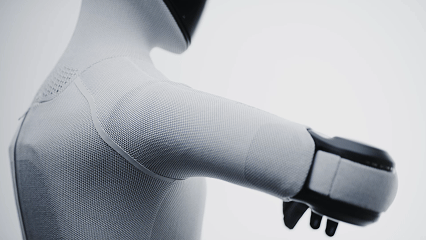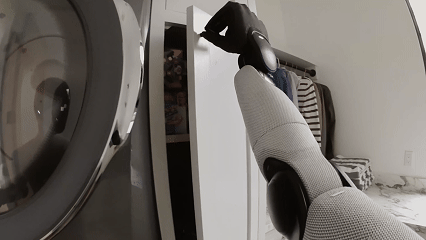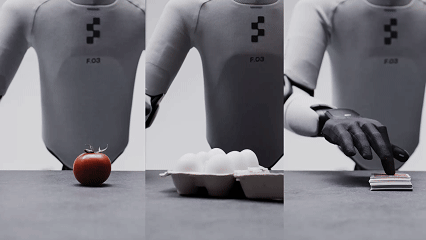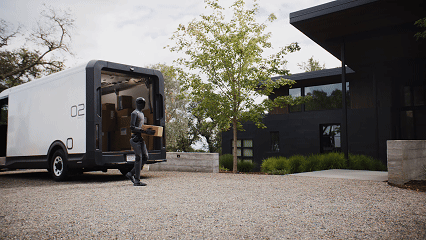Figure 03 Makes Its Debut: What Striking Design Features Does It Boast?
![]() 10/10 2025
10/10 2025
![]() 553
553
In May 2022, Brett Adcock, a serial entrepreneur with a knack for innovation, established Figure, a humanoid - robot company, right in the heart of Silicon Valley.
On September 16, 2025, Figure made a significant announcement - it had successfully completed its Series C funding round. The company managed to raise over $1 billion, propelling its post - money valuation to a staggering $39 billion. This substantial influx of funds is set to primarily fuel the large - scale deployment of general - purpose humanoid robots in real - world settings.
In a remarkable feat, the company achieved a valuation of $39 billion within just three years from its inception to the completion of the Series C funding round. This achievement has catapulted it to the status of the world's most valuable humanoid robot unicorn.
On October 9, 2025, Figure unveiled its third - generation humanoid robot, Figure 03. Standing at approximately 1.68 meters tall and weighing 60 kg, this robot offers a maximum battery life of 5 hours, can carry a payload of up to 20 kg, and moves at a speed of 1.2 meters per second.

Third - Generation Humanoid Robot Figure 03
I. Design Highlights of Figure 03
1) Overall Appearance: The robot's body is enveloped in multi - density foam and a flexible fabric shell. The flexible fabric shell is not only washable but also customizable and replaceable. This 'knitted jacket' comes with a zipper on the back, allowing for quick changes. It supports personalized 'outfit' adaptations to suit different scenarios. Moreover, compared to Figure 02, this material design has reduced the overall weight of Figure 03 by 9%.

2) Side Display: A brand - new side display has been incorporated onto the head. This addition enables quick identification and personalized branding. It offers comprehensive customization options to cater to corporate branding or operational requirements.
3) Hollowed - Out Foot Arch Design: The foot arch features a hollowed - out design. This allows the robot's feet to bend naturally, similar to human toes, during walking, resulting in a more human - like and natural gait.
II. Functional Highlights of Figure 03
1) Next - Generation Vision System: The cameras mounted on the head have seen significant improvements. The frame rates have doubled, latency has been reduced to one - fourth of the previous level, and the field of view has expanded by 60%. These enhancements enable denser and more stable perception.
2) Built - In Wide - Angle, Low - Latency Cameras in Palms: The dexterous hands of the robot are equipped with built - in wide - angle, low - latency cameras in their palms. When the main cameras are obstructed, these cameras provide redundant close - range visual feedback. This ensures continuous, real - time, and adaptive control.

3) First - Generation Self - Developed Tactile Sensors: The fingertips of the dexterous hands are fitted with first - generation self - developed tactile sensors. These sensors are highly sensitive, capable of detecting pressures as light as 3 grams. This enables the robot to stably grasp fragile, irregular, or moving objects.

4) Wireless Charging for Feet: The foot coils are designed for automatic charging at a power of 2 kW. Based on its battery level, the robot can autonomously return to the charging station.
5) Enhanced Audio System: Compared to Figure 02, the speakers in Figure 03 are twice as large and nearly four times as powerful. The microphones have been repositioned, which improves sound reception and voice clarity, leading to more natural voice interactions.

6) Enhanced Data Transmission Capability: The robot supports 10 Gbps millimeter - wave high - speed data uploads. This allows for continuous massive data uploads from the entire robot fleet, facilitating sustained learning and collaborative optimization.
7) Improved Actuator Performance: The performance of the actuators has been significantly enhanced. Their speed and torque density have doubled, which boosts operational efficiency in commercial and industrial environments.

8) Enhanced Battery Safety: The robot is equipped with multiple protective mechanisms. These include a Battery Management System (BMS), multi - tier safety protections at the cell level, electrical connection level, and battery pack level. It has also passed the UN38.3 international certification, ensuring high battery safety standards.








